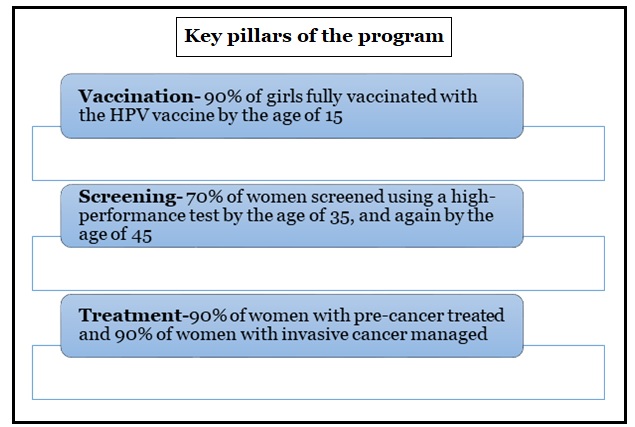7667766266
enquiry@shankarias.in
India’s interim Union Budget 2024-25 has taken a significant step by supporting the vaccination of girls aged 9 to 14 against cervical cancer, marking a new era in women’s health.
|
Status of cervical cancer |
|

|
Success stories of Immunisation drive |
|
References